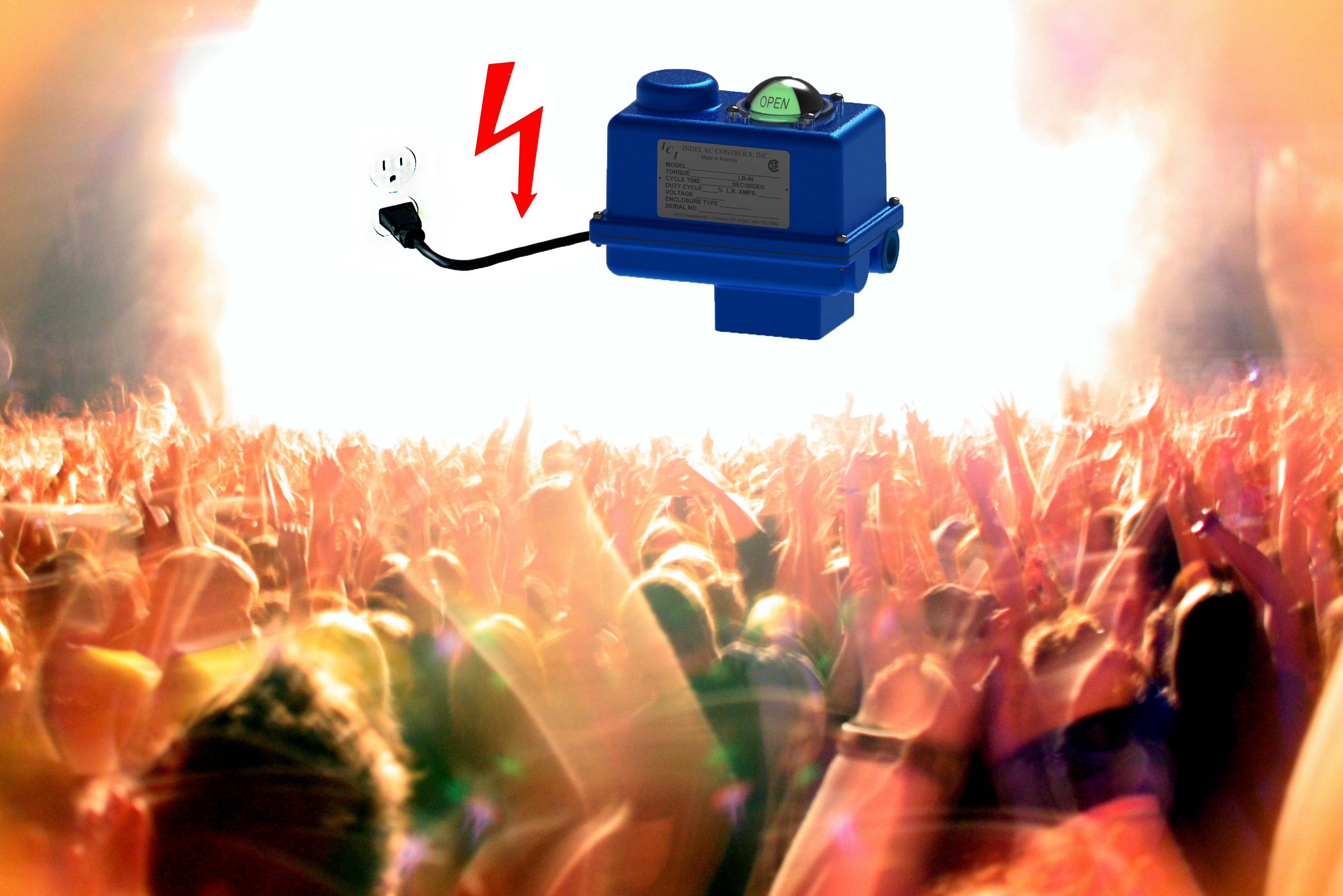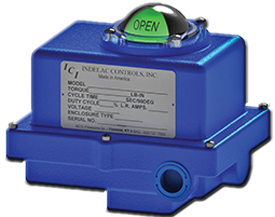Are you still using hydraulic and pneumatic actuators? You may want to read on and reconsider your decision. Electric actuators are continually gaining popularity over their hydraulic and pneumatic counterparts, but there are those who still think that electric actuators aren’t up to the job. There are some myths that are going around, and this article's goal is to expose them.

Myth #1: Some environments are too harsh for electric actuators
In the past, pneumatic and especially hydraulic actuators have been the “go-to” actuators for heavy-duty applications. They have enjoyed some significant time in the limelight because of their power density. Also hydraulic actuators have been great at performing in high dust conditions, high shock conditions and other environments where an electric actuator can be put to the test.
What some may not be aware of is that electric actuators have made significant progresses in recent years. An electric actuator can now be just as hardy as a hydraulic actuator. The increased power density of electric actuators has put them ahead of the actuator race. Advancements have been made in efficiency, materials, construction, electronics and manufacturing techniques. Electric actuators are nowadays able to deliver much more power than hydraulic actuators while still maintaining efficiency.
The construction of electric actuators enables them to withstand the harsh environments (See NEMA Enclosure Ratings). Their components are encased, protecting them from shock, dust and other hazards that can affect their performance.
Myth #2: Electric actuators aren’t as reliable as others
This myth perseveres because of the history of electric actuators. Some time ago, electric actuators weren’t as reliable as other actuators. Improvements in design have changed this. Technology has come a long way, and if you haven’t taken a look at electric actuators, it might be time to.
Let’s compare electric actuators and hydraulic actuators on reliability alone. Hydraulic actuators have many parts – and many parts mean many things that can go wrong. You may have problems with a pump reservoir, DC motor, and a number of other components. An electric actuator has just a key few parts: motor, gearbox, shaft and a clutch. That’s less than half the amount of components in a hydraulic actuator. By considering the law of averages, an application is much less likely to fail simply because it has less moving parts to make it work.
Hydraulic actuators require maintenance. You’ll need to lubricate some components, do preventative maintenance on others and so forth. Electric actuators are maintenance free. No lubrication, no preventative maintenance.
Myth #3: Electric actuators make a design more complex

In myth #2, we talked about the simple design of electric actuators – much simpler than hydraulic actuators. This should be enough to convince you that their design would be less complex than other actuators. Again, this myth likely persists because of angry engineers whose past experience with electric actuators left them wanting for more.
Connecting an electric actuator to a process line can be as simple as connecting a few wires and a switch. That’s really all there is to it. Determining which sized actuator is needed can be just as simple, and there are even software programs out there that do all the hard work for you. Figuring out the size is comprised of calculating the load, the duty cycle and torque of the valve.
Myth #4: Electric actuators are expensive
 The fact that many still think this is a valid complaint of electric actuators is understandable. When you purchase a hydraulic actuator, a pneumatic actuator and an electric actuator, you will likely pay less for the hydraulic and pneumatic actuators. An electric actuator is still cheaper, though. After you’ve bought yourself the hydraulic actuator, there are still many components to be paid for before you start with your project or application. You will need pumps, tubing, connectors, valves, hosing – for each actuator – and the list can get pretty large.
The fact that many still think this is a valid complaint of electric actuators is understandable. When you purchase a hydraulic actuator, a pneumatic actuator and an electric actuator, you will likely pay less for the hydraulic and pneumatic actuators. An electric actuator is still cheaper, though. After you’ve bought yourself the hydraulic actuator, there are still many components to be paid for before you start with your project or application. You will need pumps, tubing, connectors, valves, hosing – for each actuator – and the list can get pretty large.
For the pneumatic actuator, you will need the solenoid (pilot valve) and a whole system of pressure air to supply your device. An electric actuator needs only a power supply and a control system. If you’re still not convinced, do the math.
Electric actuators are much more power efficient than hydraulic actuators. Hydraulic actuators continually draw power, and electric actuators need power only when they are working. That’s 0% wasted power when electric actuators are not in use. Regarding the air supply for pneumatic, it’s well-know that even when not in use, the compressor will need to keep running to retain pressure in the supply line. A waste of energy and dollars.Along with purchasing parts, you may also need to purchase replacement parts and spend time and money on maintenance for both hydraulic and pneumatic devices. Electric actuators are just much less likely to break down and when they do, fixing them is a fairly simple job.









